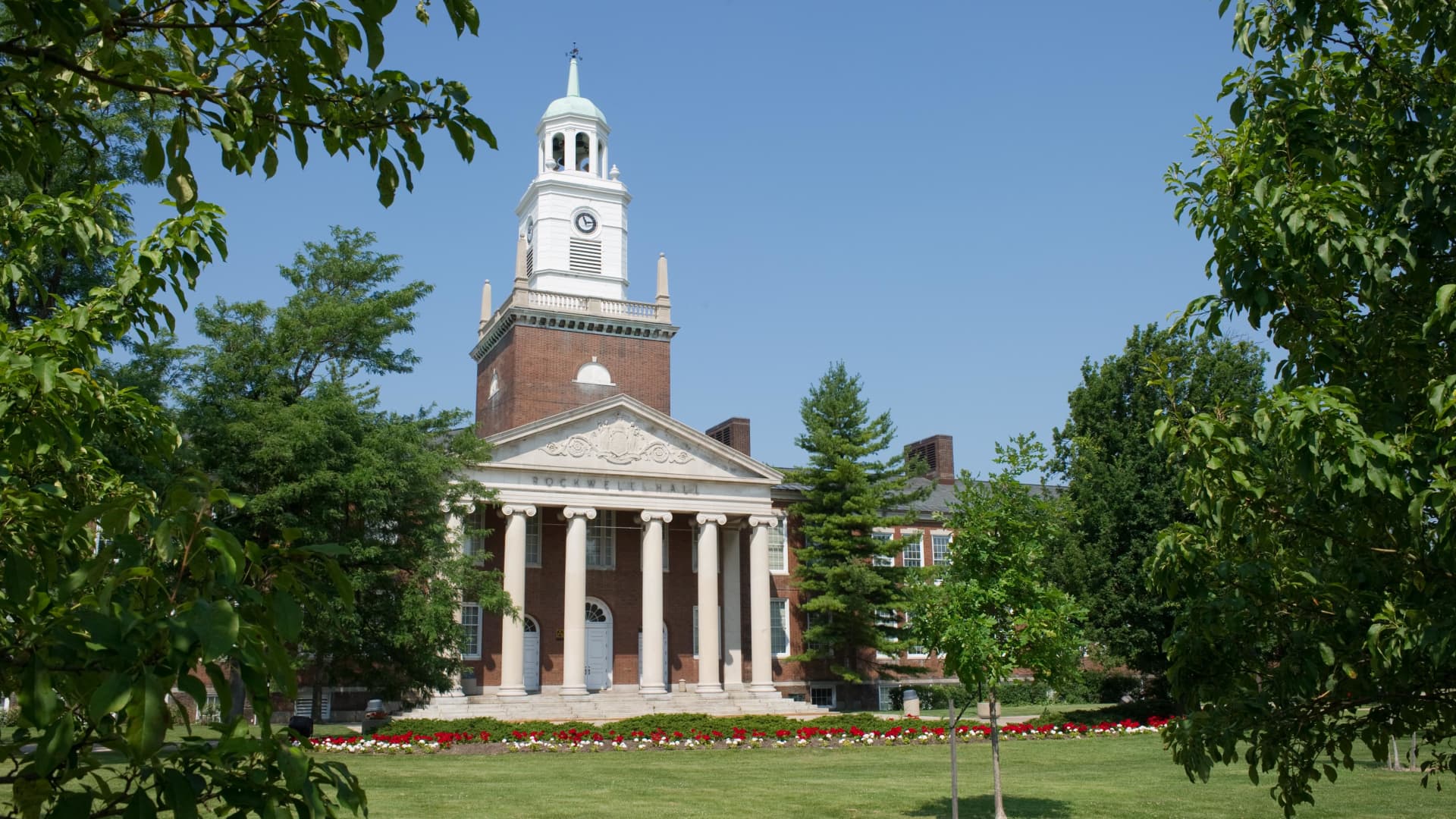In 2017, the state of New York’s Excelsior Scholarship made headlines when it grew to become the primary within the nation to cowl 4 years of tuition with out being tethered to educational efficiency.
New York initially said greater than 940,000 college students with household incomes as much as $125,000 might qualify. New York’s program applies to all faculties on the City University of New York and State University of New York.
But as of the top of this educational yr, just below 73,000 college students have obtained the scholarship enabling them to attend CUNY or SUNY tuition-free, in response to Angela Liotta, a spokeswoman for New York State Higher Education Services Corp.
More from Personal Finance:
Free college is now a reality in nearly 30 states
3 ways to avoid taking on too much student loan debt
Is college really worth it?
A separate research report discovered that of first-year CUNY undergraduates, solely about 25% of eligible college students are Excelsior recipients and the lowest-income college students are more than likely unnoticed.
Roughly two-thirds, or 68%, of program {dollars} movement to college students with incomes at or above $70,000, in response to Judith Scott-Clayton, a professor of economics and schooling at Columbia University’s Teachers College and an creator of the report.
The utility course of — “the hoops and hurdles and the positive print” — could also be a barrier, she mentioned.
“There nonetheless aren’t many college students at CUNY which can be getting this award,” Scott-Clayton mentioned. “That was shocking.”
To be certain, the Covid pandemic has had a devastating impression on college enrollment nationwide.
As of the most recent tally, the undergraduate scholar physique sank by practically 1.4 million college students, or 9.4%, since 2020, in response to the National Student Clearinghouse Research Center.
Enrollment nosedive continues
Would-be college college students have rising issues about paying for college and student debt and are questioning the worth of diploma, Shapiro mentioned.
As the U.S. financial system provides extra jobs and wages rise, some are additionally opting to take benefit of increased employment opportunities as a substitute.
Free college packages are supposed to increase enrollment and supply a pathway to the center class.
Even although the Biden administration’s plan to make neighborhood college tuition-free for two years stalled, the push for free college is forging forward in lots of elements of the nation.
While the White House has turned its focus to (*4*), states have been transferring ahead with plans to move laws of their very own to make some college tuition-free.
Recently, New Mexico Gov. Michelle Lujan Grisham, a Democrat, signed the New Mexico Opportunity Scholarship Act, creating what now supersedes New York’s as probably the most in depth tuition-free scholarship program within the nation.
Other so-called promise packages sometimes supply college college students two years of free tuition at taking part state neighborhood schools or different affiliate diploma packages and vocational faculties.
Most, just like the Excelsior Scholarship, are what’s often known as “final greenback” scholarships, which means this system solely pays the quantity of tuition that’s not coated by current state or federal support. (President Joe Biden just lately signed a spending invoice that included growing the quantity of cash offered by the federal authorities for Pell grants, successfully decreasing the fee for states to implement free college packages.)
Not all consultants agree that free college is the easiest way to fight the college affordability disaster.
Critics say lower-income college students, by means of a mixture of current grants and scholarships, already pay little in tuition to state faculties, if something in any respect.
Further, usually the cash doesn’t cowl charges, books, or room and board, that are all prices that lower-income college students wrestle with, and diverting funds towards free tuition might come on the expense of different operations on campus, together with hiring and retaining school and directors.

